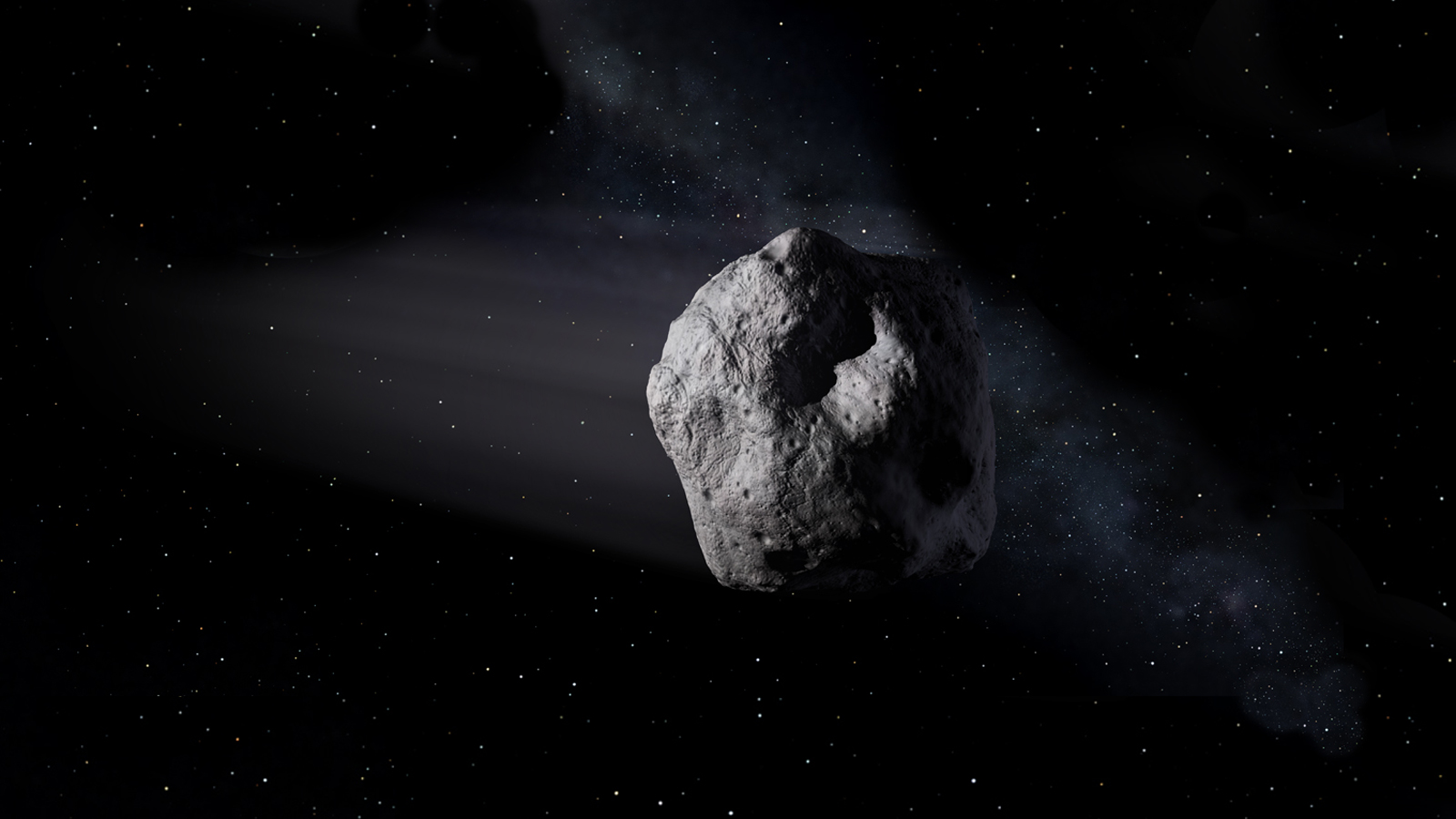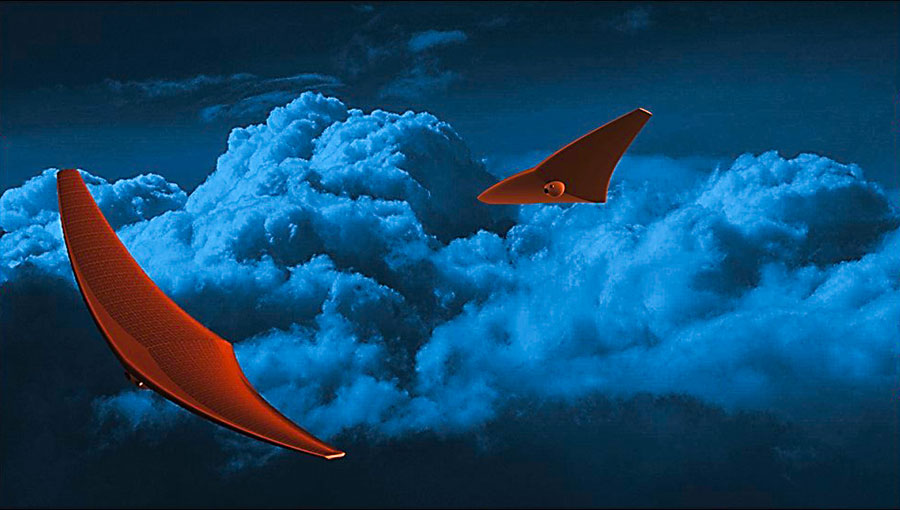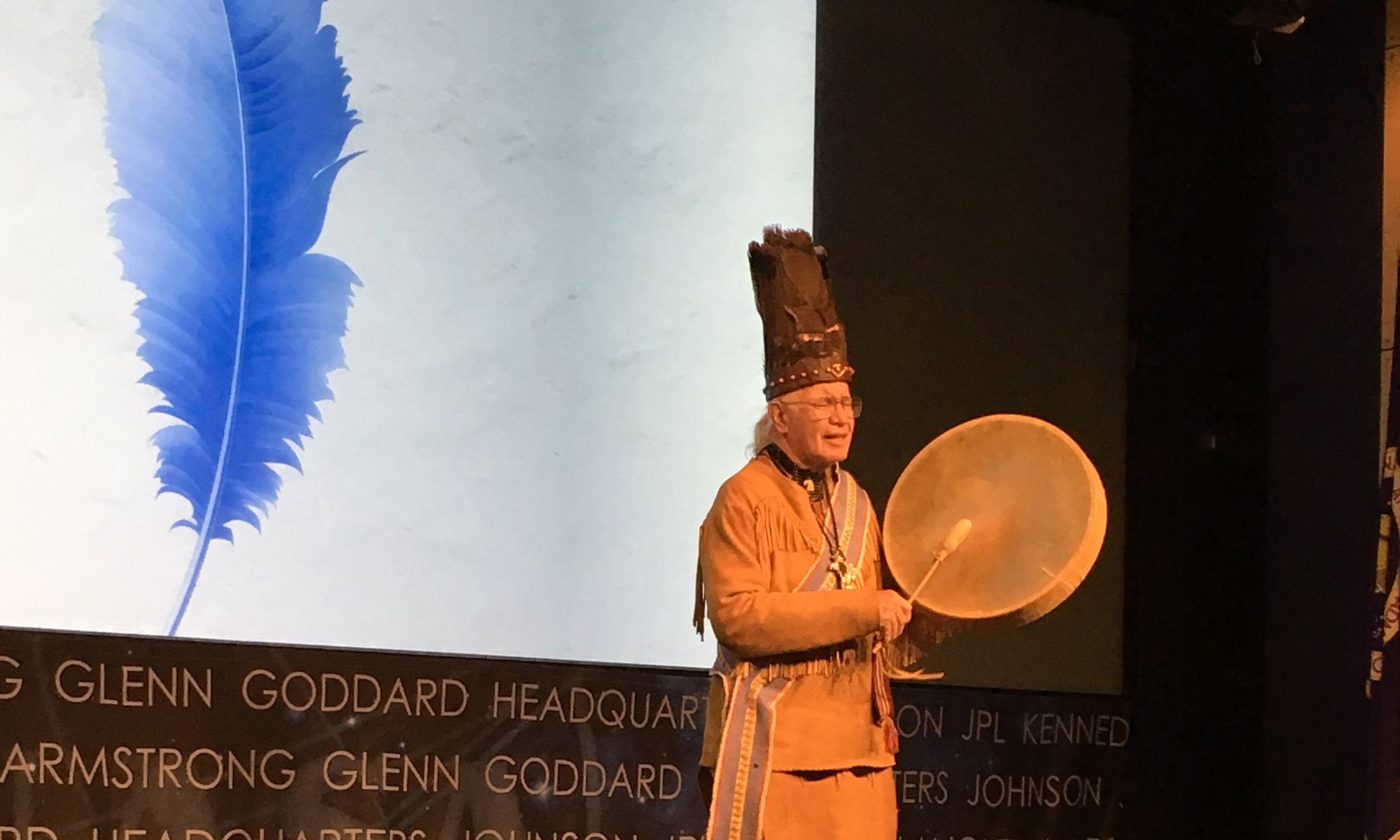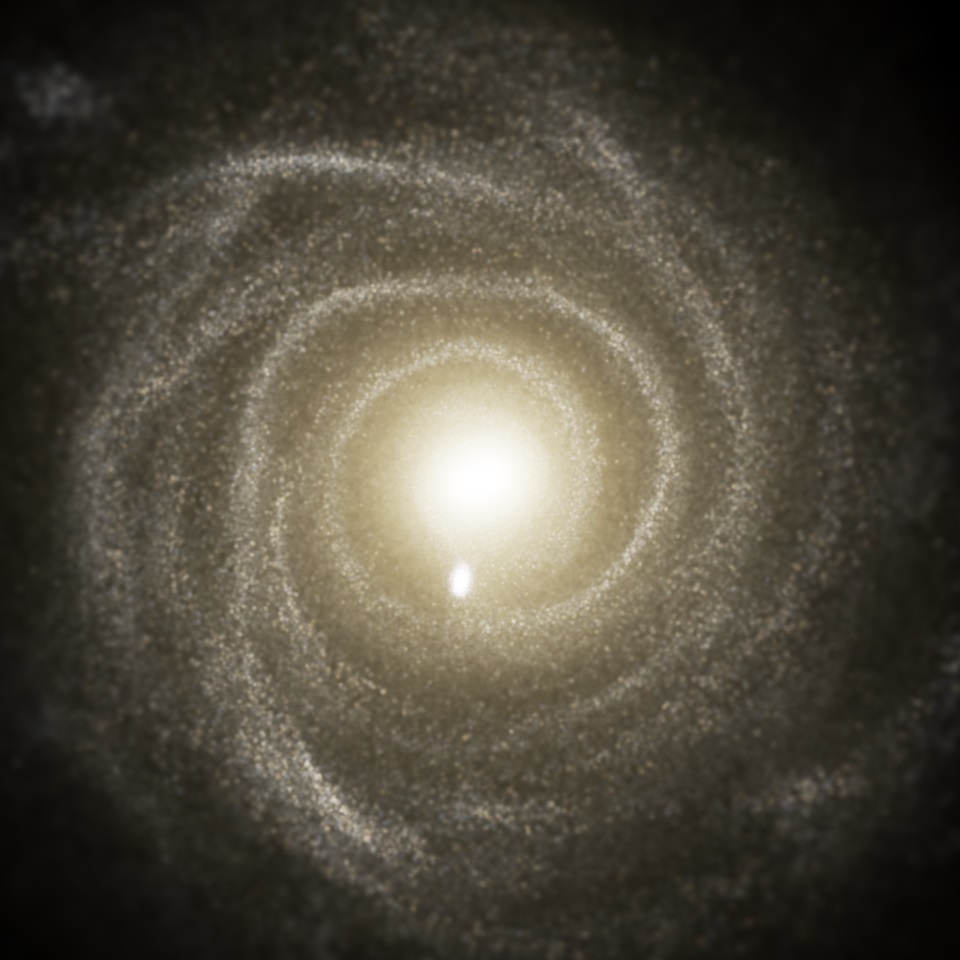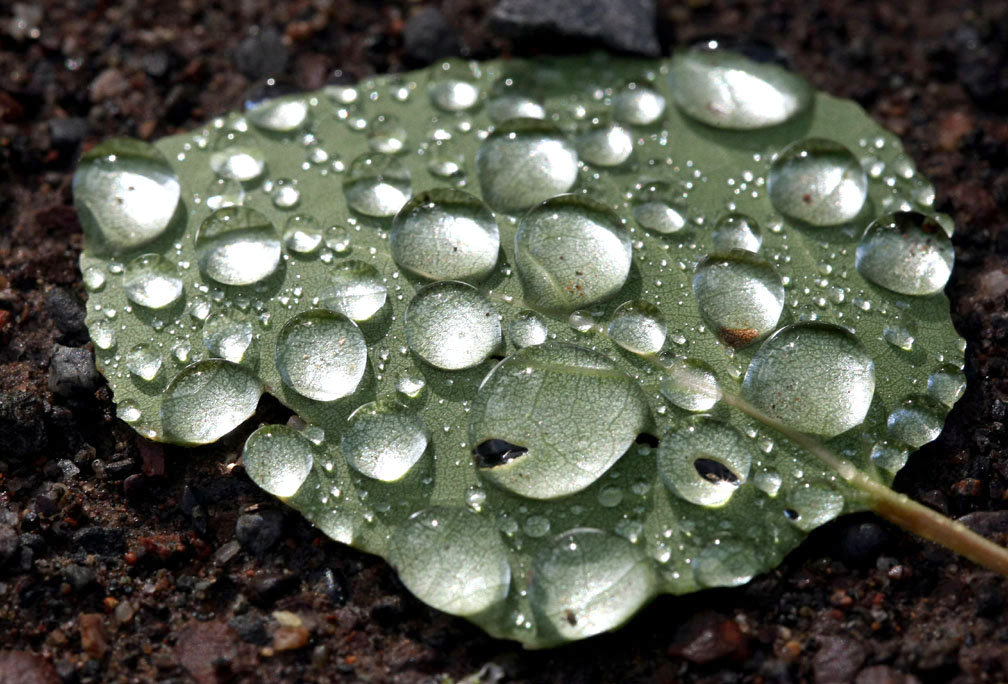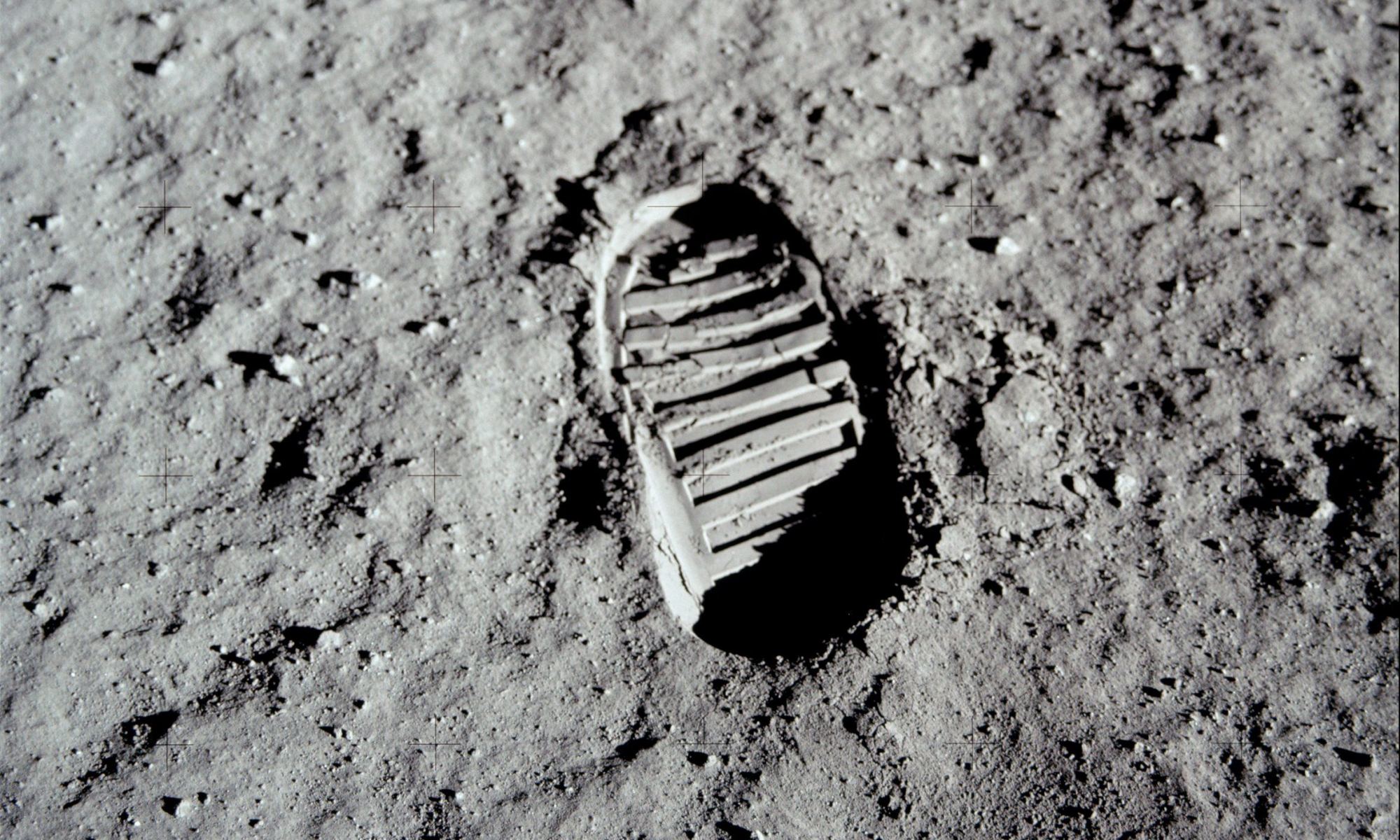It is a well-known astronomical convention that Earth has only one natural satellite, which is known (somewhat uncreatively) as “the Moon”. However, astronomers have known for a little over a decade that Earth also has a population of what are known as “transient Moons”. These are a subset of Near-Earth Objects (NEOs) that are temporarily scooped up by Earth’s gravity and assume orbits around our planet.
According to a new study by a team of Finish and American astronomers, these temporarily-captured orbiters (TCOs) could be studied with the Large Synoptic Survey Telescope (LSST) in Chile – which is expected to become operational by 2020. By examining these objects with the next-generation telescope, the study’s authors argue that we stand to learn a great deal about NEOs and even begin conducting missions to them.
Continue reading “The Large Synoptic Survey Telescope Could Find More of Earth’s Transient Moons”
